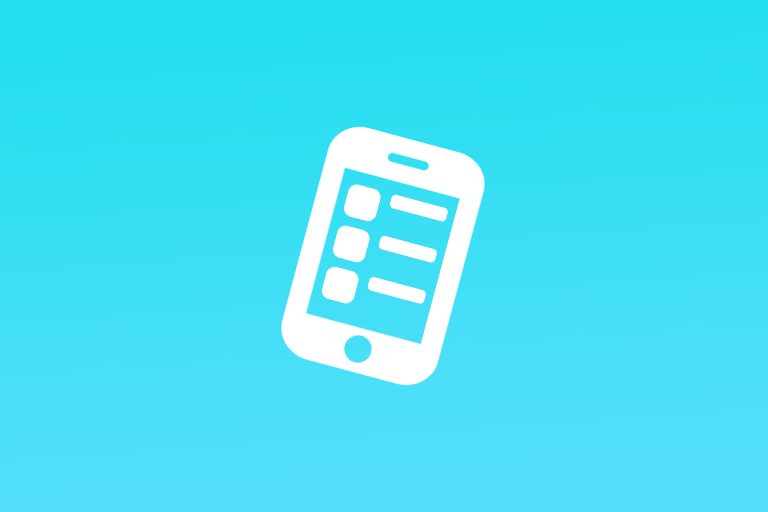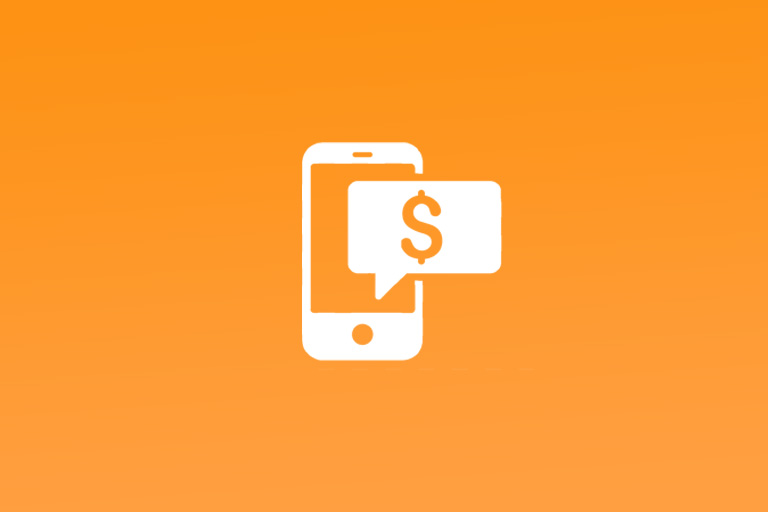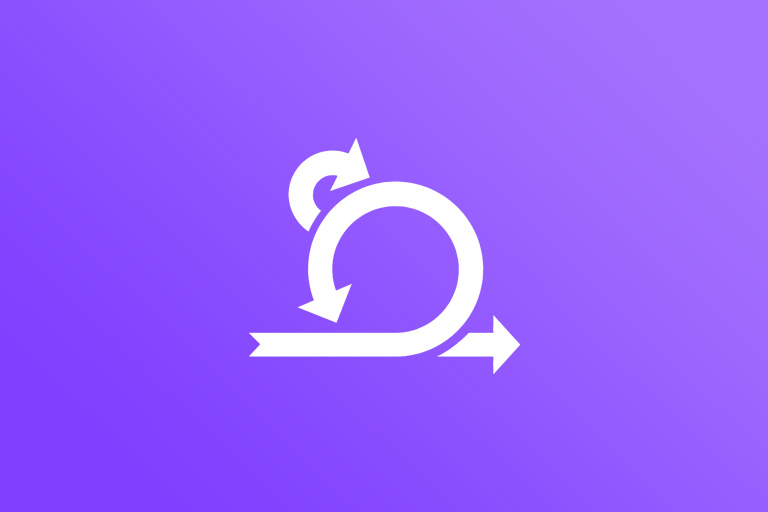Promoting your app effectively on the Google Play Store requires a well-crafted advertising strategy. Google Ads offers powerful tools to help you reach a target audience of 2 billion monthly active users on Android [source: Google Play Store - statistics & facts | Statista], significantly increasing your app's visibility. This article will guide you through the steps to create successful Google ads for your app.
Understanding Your Target Audience
Before you begin creating your ads, it's essential to understand who your ideal user is. 42% of marketers cite audience targeting as the most effective tactic for app promotion. Start with identifying the demographics, interests, and behaviors of the users who are most likely to benefit from your app. This knowledge will inform your ad content and targeting options, ensuring your ads reach the right people.
Setting Up a Google Ads Account and Creating a Campaign
To create ads, you first need to set up a Google Ads account before creating your campaign:
Step-by-Step Guide
- Sign Up: Visit the Google Ads homepage and sign up with your existing Google account.
- Enter Billing Information: Provide your billing details to start running ads. Google Ads offers various payment methods like credit cards, debit cards, and bank accounts.
- Choose Campaign Goals: Select a goal for your campaign, such as driving app installs or increasing in-app engagement. Google Ads offers various campaign goals, but for promoting your app, you'll likely focus on one of these two:
- App installs: This is the most common goal for app promotion campaigns. It aims to drive users to the Play Store and get them to download your app.
- In-app engagement: This goal focuses on getting users who already have your app to take a specific action within it, like making a purchase or completing a level.
- Select Campaign Type: Choose “App promotion” as your campaign type. This campaign type is specifically designed to help you reach users interested in apps.
- Enter App Information: Provide your app’s details, including its name and Play Store URL.
- Set Campaign Settings: Determine your daily budget and bid strategy.
- Daily Budget: Here, you set the maximum amount you're willing to spend on your campaign each day. Google Ads offers flexible budgeting options, so you can control your spending.
- Bid Strategy: This setting determines how much you're willing to pay for each click on your ad. Google Ads offers automated bid strategies that can be effective for app install campaigns, optimizing your bids based on your goals.
Automated bid strategies are often effective for maximizing conversions in app install campaigns.
- Target Your Audience: Use the audience insights you gathered to specify demographics, interests, and behaviors. The more specific you are with your targeting, the more likely you are to reach users genuinely interested in your app.
Crafting Compelling Ad Content
The content of your ad plays a crucial role in attracting users. Here are some tips for creating effective ad content:
- Headlines: Write clear, engaging headlines that highlight the main benefits of your app. According to Google, headlines with 15-30 characters deliver the best results.
- Descriptions: Use concise, informative descriptions to explain what your app does and why users should download it (descriptions should be under 80 characters).
- Visuals: Incorporate high-quality images and videos showcasing your app’s features and user interface.
- Call to Action (CTA): Include a strong CTA, such as “Download Now” or “Try for Free,” to encourage immediate action.
Example
- Headline: “Get Fit Fast: Your Personalized Workout App” (using a power verb like "Get" boosts engagement).
- Description: “Join millions and transform your fitness with custom plans. Download now!”
- CTA: “Download Now”
Utilizing Keywords and Ad Extensions
Keywords help your ads appear in relevant searches. Conduct keyword research using tools like Google’s Keyword Planner to find high-performing keywords related to your app. Additionally, use ad extensions to enhance your ads:
- App Extension: Directly link to your app in the Play Store.
- Location Extension: Show your app users’ locations if relevant.
- Call Extension: Allow users to call your support team directly from the ad.
Monitoring and Optimizing Your Campaign
After launching your campaign, it’s essential to monitor its performance and make necessary adjustments. Use Google Ads analytics to track various metrics:
Key Metrics to Track Your Ad Campaigns
- Impressions: The number of times your ads are shown.
- Clicks: The number of clicks your ads receive.
- Install Rates: The number of app installs generated from your ads.
- Click-Through Rate (CTR): The ratio of clicks to impressions, indicating how well your ad is performing (a good CTR for app install campaigns is typically between 0.5% and 1.0%).
- Cost-Per-Install (CPI): The average cost spent per app install.
- Conversion Rate: The percentage of users who take a desired action (like installing the app) after clicking the ad.
- Return on Ad Spend (ROAS): The revenue generated from your ads relative to the amount spent on them.
Optimization Tips
- A/B Testing: Test different headlines, descriptions, and visuals to identify what performs best. Provide multiple ad copies and creative variations. Google will test different combinations to identify the best-performing ads. Ensure your ad copy highlights the unique features and value proposition of your app.
- Adjust Bids: Increase bids for high-performing keywords and reduce or remove underperforming ones.
- Refine Targeting: Modify your audience targeting based on performance data. Focus on demographics and interests that generate the most installs and engagement.
- Ad Schedule: Determine the best times to show your ads based on user activity. Analyze when your target audience is most likely to be using their devices and adjust your ad schedule accordingly.
- Quality Score: Improve your ad quality score by making your ads more relevant to your target audience and improving your landing page experience (a higher quality score can lead to lower costs and better ad placement).
Leveraging Advanced Features: Universal App Campaigns (UAC)
Universal App Campaigns (UAC) simplify the ad creation process by using machine learning to optimize your ads across Google’s network, including Search, Play, YouTube, and Display.
How to Set Up a UAC
To set up a Universal App Campaign (UAC), follow these steps:
Select Campaign Objective: Begin by choosing the "App promotion" objective and then select "Universal App Campaign." This will optimize your campaign for app installs and engagement.
Provide Ad Assets: Supply a variety of creative assets for your ads, including text ideas, images, and videos. Google will use these assets to automatically generate different ad variations and match them with relevant audiences across its networks. Ensure your assets are high-quality and accurately represent your app's features and benefits.
Set Budget and Bids: Determine your campaign budget and set your target cost-per-install (CPI). The budget is the amount you're willing to spend on the campaign, and the CPI is the average amount you want to pay for each app install. You can also set bid adjustments to prioritize specific goals, such as app installs or in-app actions.
Benefits of UAC for App Marketers
- Simplicity: UACs streamline the process of creating and managing ads by automatically generating ads from the provided assets.
- Comprehensive Reach: Ads are displayed across multiple Google platforms, reaching a wider audience and maximizing your app's visibility.
- Machine Learning Optimization: Google’s machine learning algorithms continuously optimize your ads for the highest performance, adjusting bids and targeting in real-time to acquire users most likely to convert.
- Efficiency: UACs help maximize your ad spend by focusing on the most effective ad placements and formats to drive app installs and user engagement.
Experiment with different ad assets, targeting options, and bid strategies to identify what works best for your app. Continuously test and refine your UAC to improve performance and maximize your return on investment.
Conclusion
Creating effective Google ads for your app in the Play Store involves strategic planning, creative ad content, and continuous optimization. By understanding your audience, crafting compelling ads, leveraging Google’s powerful tools like UAC, and closely monitoring your campaign performance, you can significantly increase your app's visibility, drive more installs, and achieve your app promotion goals. Remember, success lies in making data-driven adjustments and constantly refining your campaigns for optimal results.
Get Professional App Marketing Service With FoxData
Ready to make your app shine? Optimize your app's visibility and rankings with FoxData by leveraging our powerful insights today! Enhance your digital presence with FoxAdvert, our expert digital marketing agency! Partner with our expert team for targeted advertising strategies that drive results. Let's get started!







